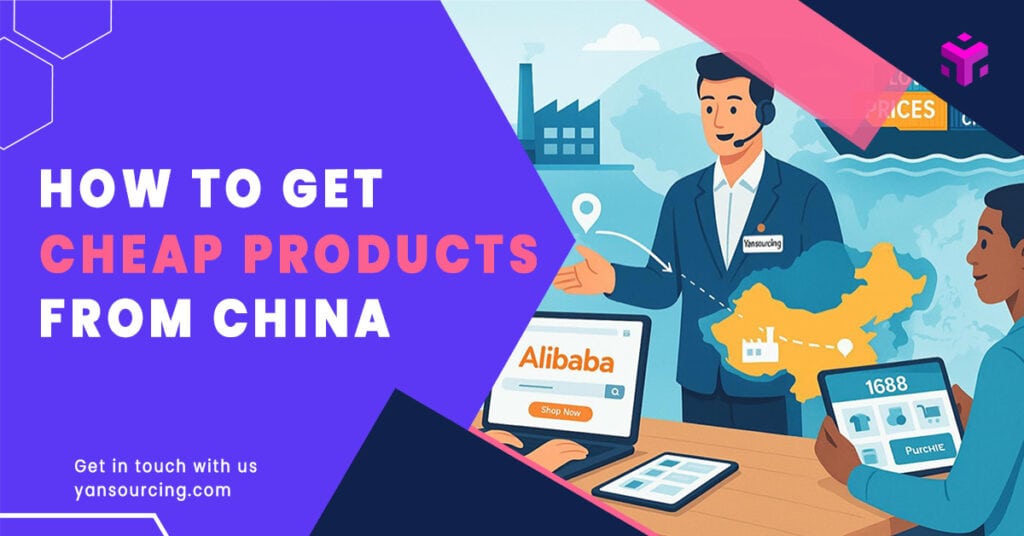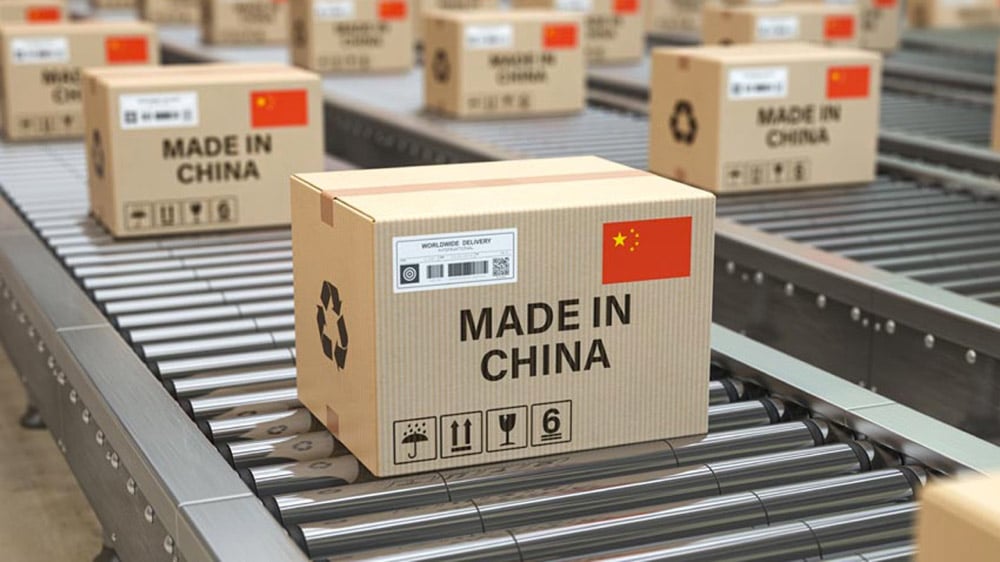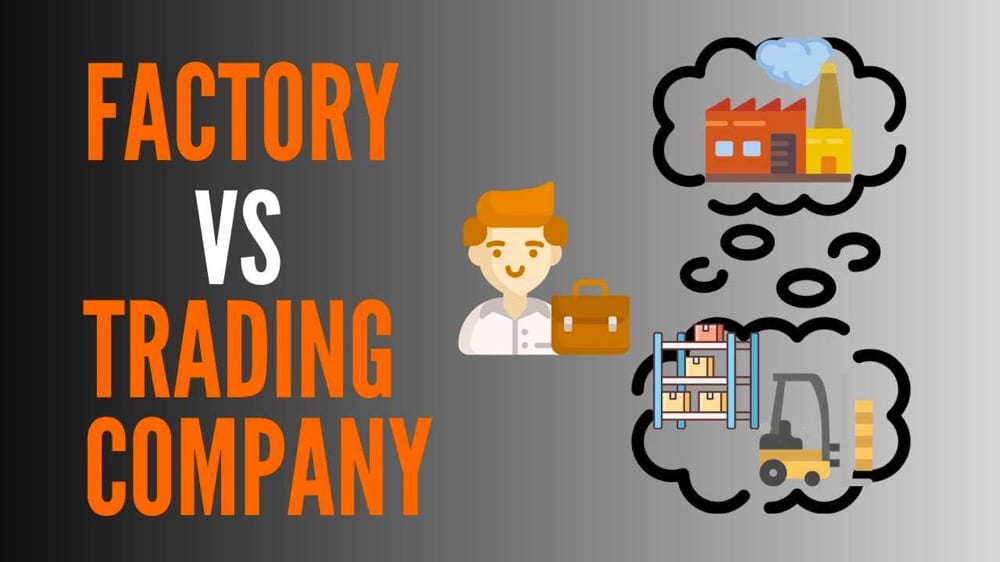
Struggling to buy cheap products from China—without getting scammed, overcharged, or buried in hidden fees?
This expert guide is for small business owners and e-commerce sellers with little (or painful!) experience importing from China.
We’ll walk you through every critical step to help you reliably access 5–20% below Alibaba prices, complete your first order start-to-finish, and never fall for sneaky cost traps.
You’ll learn field-tested strategies, actionable templates, risk checklists, pro negotiation tactics, and real solutions via Yansourcing—China’s trusted expert sourcing agent.
Quick Navigation: Core Steps to Sourcing Cheap from China
At a glance—here’s your roadmap:
- Define product & cost goals (set your ground rules)
- Choose the RIGHT sourcing channel (see comparison)
- Find & vet suppliers (with anti-scam checklist)
- Request and analyze quotes (use ready email templates)
- Negotiate for factory pricing (scripts & tips)
- Order samples, check quality (avoid mass defects)
- Place your order, watch for hidden costs (full red-flag list)
- Production follow-up & Quality Control (when/why to use an agent like Yansourcing)
- Safe payment, shipping & customs (do it right, avoid loss)
- Delivery, aftersales, and documentation (what to check)
Pro Tip: Download the all-in-one Sourcing Success Toolkit (Free) — price comparison Excel, RFQ/email scripts, supplier vetting checklist, and order validation workbook.
Channel Showdown: Which Sourcing Path Saves You the Most?
| Channel | Best for | Avg Price | Pros & Cons |
|---|---|---|---|
| Yansourcing/Agent | Beginners/long-term | Lowest | ✔ All steps handled, no language barrier, real factory quotes, itemized costs, hidden risks managed ✖ Service fee (but offset by savings); takes agent research/trust |
| Alibaba | Global e-com newbies | Medium | ✔ Easy interface, many suppliers ✖ High chance of middlemen, public price rarely the best, must self-verify, some fake listings |
| 1688 | Chinese speakers, pros | Lowest | ✔ True factory rates ✖ Chinese-only, RMB only, tricky payment, hard for foreigners to vet or complain; real QC risk |
| DHgate, Made-in-China | Small test buyers | Medium-high | ✔ Low MOQs, fast purchase ✖ More like retail, little price edge, limited aftersales, often resellers |
Step 1: Clarify Product, Quality & Price Targets

Goal: Know EXACTLY what you want—type, quality, pack, and an achievable price goal based on market data.
Checklist:
- [ ] Product specs clear (dimensions, materials, certifications)
- [ ] Ideal unit price (research 1688 and Alibaba for TRUE market floor)
- [ ] Target order volume/MOQ
- [ ] Packaging/labelling needs
- [ ] Must-have compliance (e.g., EU/US certifications, eco marks)
Tools:
Pitfall Alert: If you skip this, you’ll either overpay or get the wrong product. Define before you search!
Step 2: Find & Vet Suppliers (Platform vs Agent)
Option A. Use Yansourcing/Agent (Recommended for Beginners/Serious Buyers):
- Send your specs to Yansourcing
- Agent shortlists real factories only, checks business license, credit, on-site audits
- Receives better-than-public quotes
- No language confusion; full workflow guidance
Option B. Go DIY on Platforms:
- Alibaba: search with precise keywords, filter by verified gold suppliers, use trade assurance. Scrutinize business years, actual factory location (ask for videos!), and client reviews.
- 1688: Only for those who can use Chinese/RMB. Check seller license; use ‘third-party agent’ or pay with help (guide here).
- DHgate: use for small batches/test runs, but verify feedback as retail-level QC is uneven.
Supplier Vetting Checklist:
- [ ] Supplier is real factory (not trading company—ask for business license; compare names on bank account/license)
- [ ] 3+ years in business with traceable sales records
- [ ] Positive review history, references available
- [ ] Staff provides video factory tour or live call
- [ ] No sudden bank account switches (fraud sign!)
Download Supplier Vetting Sheet: here
Pitfall Alert: Biggest source of scams? Not verifying supplier identity or factory status. Always double-check!
Step 3: Request RFQs & Analyze Quotes

Process:
- Draft a clear, professional inquiry (use sample template).
- Request full quote: price, MOQ, payment terms, freight (DDP/CIF), sample cost/refund policy, lead time, and what’s included (packaging, labeling, QC)
- Batch mail at least 3–5 suppliers/agents for comparison
- Record all responses in your quote tracking sheet
Validation:
- [ ] All quotes are “all-inclusive”—no hidden extras
- [ ] Sample, packaging, and shipping costs are detailed
- [ ] Payment method/bank match supplier/factory name
Common Red Flags:
- Unreasonably low price with high MOQ requirements
- Quote omits shipping, packaging, or customs—these ALWAYS exist!
- “Only Pay by Western Union”—unsafe
Step 4: Negotiate Like a Pro (Yansourcing’s Script Inside)
Top Tip: The best discounts don’t come from pure price-haggling, but by making suppliers compete and signaling long-term partnership.
Winning Script (Real Yansourcing Approach):
Hi [Supplier],
We are selecting a key partner for ongoing orders in [product]. We’ve studied the market and see true factory prices on 1688 are X RMB/unit.
If you can approach this price given our expected MOQ ([number] units, [cycle]), we’d love to build a stable partnership—we seek the best quality & terms over time.
Can you work with this target?
Or, for agents/Yansourcing, let them do the tough negotiation—backed by current 1688 data.
Negotiate NOT just price:
- Payment terms (deposit, balance after shipment)
- Free/discounted packaging, logo, sample fees refundable against order
- Built-in QC or aftersales support
Validation:
- [ ] You’ve requested/received a counter-offer at least 10% below public Alibaba rates
- [ ] Supplier includes (not adds) shipping, package, custom doc costs
Sample Negotiation Template: Download PDF
Pitfall Alert: Never accept vague “we will do our best” promises—push for specifics!
Step 5: Order Samples & Check Quality

Do NOT skip samples—even if you pay.
Process:
- Order product samples from top 2–3 suppliers (should cost $50–100, often refundable)
- Inspect for match with your required spec/quality
- Test packaging/branding, ask for real production run photos (not just glossy catalog)
- Record issues in your tracking sheet
Validation:
- [ ] Sample matches quote, quality, and packaging spec
- [ ] Supplier fix issues promptly or declines transparently
Sample Tracking Sheet: Download Excel
Pitfall Alert: Some scams swap sample for lower-quality bulk; always demand pre-shipment video evidence or agent inspection (Yansourcing offers this service!).
Step 6: Place Order – Shield Yourself from Hidden Costs!
The most dangerous phase for surprise expenses!
Checklist of Hidden Costs to Avoid:
- [ ] “Low price but freight extra” (ask for DDP, CIF, or all-in cost)
- [ ] Sample/tooling fee not refunded (must be clear in contract)
- [ ] MOQ “trick”: low price but requires buying much more than needed
- [ ] New charges for packaging, labeling, inspection after deal
- [ ] Risky payments (Western Union, direct transfer to unknown names)
How Yansourcing protects you:
- All fees quoted up front, itemized
- No surprise invoices; sample/tooling deductions in written offer
- Secured payments: pay through verified channels
Order Confirmation Template: Download DOCX
Validation:
- [ ] All-in-one invoice covers product/unit, packaging, labeling, freight, customs
- [ ] Clear warranty or aftersales terms
- [ ] Payment channel matches supplier business credentials
If anything is unclear, have Yansourcing review the contract (free for new clients).
Step 7: Production Oversight & Independent QC
Problem: Factories often cut corners—unless you enforce quality.
Best Practices:
- For >$2,000 or new supplier: always request third-party or Yansourcing inspection
- Get photo/video evidence during production plus pre-shipment
- Agree on Acceptable Quality Level (AQL standard) in the PO
- For small orders: at least require live video or full photo set
Yansourcing Solution:
- On-site factory visits, photo/video proof for every order
- 100% inspection included in full-service quotes
QC Checklist: Download PDF
Validation:
- [ ] Inspection report or video provided (not just supplier word)
- [ ] All defects/shortages resolved before shipment
Pitfall Alert: Shipments without proper QC are the #1 source of lost money.
Step 8: Secure Payment & Hassle-Free Shipping

Safe Payment Methods:
- Alibaba Trade Assurance (escrow)
- PayPal (fees, but safe for first orders)
- L/C or Yansourcing escrow (recommended for large deals)
NEVER:
- 100% T/T to private or personal account
- Bank changes late in the process (huge scam flag)
Smart Shipping:
- For new buyers, insist on all-in (DDP/CIF) with everything handled, or let Yansourcing book shipping.
- Clarify who pays duties/taxes, and who insures the shipment
Shipping/Payment Terms Guide: Download PDF
Validation:
- [ ] Payment fully secured
- [ ] Tracking and insurance confirmed
Troubleshooting:
- If nervous, let Yansourcing manage shipment, customs, and last-mile
Step 9: Receiving Goods, Final Checks & After-Sales
On Arrival:
- Record unboxing (photo/video) for your records
- Check content/quantity/quality matches order
- Report any damage, defect, or shortage ASAP
- Keep chat/email records to support disputes
Validation:
- [ ] 100% of promised units/quality received
- [ ] No unauthorized substitutions
- [ ] All paperwork complete (invoice, QC, customs)
After-Sales Tip: Yansourcing supports issue resolution, claim handling, and can mediate refunds or replacements.
Downloadable Resource Center
All-in-One Sourcing Toolkit:
- Price comparison Excel (Download here)
- Supplier vetting checklist (Download here)
- RFQ/negotiation script (Download here)
- Order confirmation template (Download here)
- QC checklist (Download here)
- Sample log sheet (Download here)
- Payment/shipping guide (Download here)
Pro Tip: Customize these docs to save every quote, confirm supplier compliance, and document your shipment for risk-free importing.
Case Study: Real-World Savings and Zero Surprises

“A European buyer needed customized packaging for beauty containers.
By switching from Alibaba to a Yansourcing-managed vetting/bulk order, they slashed buying cost by 18% as agent combined several buyers for bulk freight—plus avoided a $1000 hidden logistics surcharge quoted elsewhere.
Full QC photo set was supplied mid-production, every fee was pre-declared, and the order cleared EU customs first time, with no stock lost.”
Stories like this happen daily—because every detail in this guide is what Yansourcing enforces for clients! Learn more here.
Final Sourcing Success Checklist
Before you wire a dollar, verify EVERY box below:
- [ ] Got at least 3 all-in quotes (no surprise fees)
- [ ] Verified supplier is real factory or agent (checked license, reviews, references)
- [ ] Received and passed product sample
- [ ] Negotiated price at least 5–20% under public listing
- [ ] Inspected bulk goods—personally, via agent, or third party
- [ ] Paid using protected method
- [ ] Received and checked final shipment (all units, no defects, correct packaging)
Missed ANY? Go back and fix—it WILL cost you!
FAQ: Avoiding Scams, Trouble Orders
Q. What’s the #1 new-buyer mistake?
A: Not checking supplier identity or skipping all-in quotes.
Q. Is an agent service expensive?
A: Actually, good agents SAVE you money—covering more than their fee in discounts, QC, and zero hidden costs. See Yansourcing pricing.
Q. Should I use 1688 directly?
A: Only if you speak fluent Chinese/have local contacts—otherwise, use Yansourcing or similar for factory access.
Q. What if I have an urgent shipment or complex order?
A: Use an agent for full workflow control, especially time/gov compliance.
Ready to Buy Smarter—and Cheaper—from China?
Yansourcing is your strong right hand for verified, safe, and ultra-affordable buying in China.
Whether you’re launching your first batch or optimizing a seasoned supply chain, start with a free consult or RFQ review from the field’s top team.
